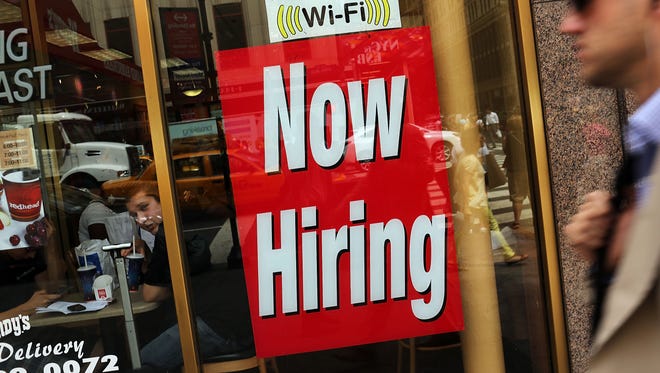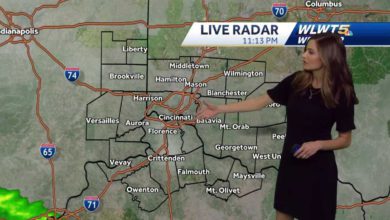
Employers added a roaring 678,000 jobs in February as COVID-19’s omicron variant faded, spurring idled employees to return to work and reviving dining, travel and other activities.
The unemployment rate fell from 4% to 3.8%, the Labor Department said Friday.
Economists surveyed by Bloomberg had estimated that 400,000 jobs were added last month.
The 678,000 gains marks the strongest showing since July.
The drop in unemployment came even as the number of people working or looking for jobs grew by 304,000, pushing the labor force participation rate to 62.3% from 62.2%. That means more people caring for children and others on the sidelines are returning to a favorable labor market with rising wages.
Also encouraging: Job additions for December and January were revised up by a total 92,000.
About 760,000 people missed work in January because of COVID, Goldman Sachs estimates. Many salaried workers out sick are still counted as employed because they receive paid sick leave benefits but sidelined hourly staffers generally aren’t tallied. All told, Goldman estimates that about 200,000 people returned to job sites and payrolls last month.
Meanwhile, COVID cases have fallen more than 90% since peaking in mid-January as omicron eased, according to Oxford Economics. That has led to a pickup in dining, travel and hotel occupancy, along with beefed-up hiring in those sectors, says Diane Swonk, chief economist of Grant Thornton.
The number of businesses open, employees working and hours worked all increased sharply in February, according to Homebase, which supplies payroll software to small businesses.
At the same time, employment in education likely fell last month because fewer school janitors and other staff came back to work after the winter break due to COVID, Goldman says. And vaccine mandates for health care workers may have weighed on payrolls, the research firm says. Some workers may have quit while others decided not to seek new jobs.
The nation is still grappling with severe labor shortages that have crimped hiring despite record job openings. But the share of Americans working or looking for jobs rose sharply in January.
That might reflect delayed affects from school reopenings and the expiration of enhanced jobless benefits in September, says Ian Shepherdson, chief economist of Pantheon Macroeconomics. The developments likely resolved child care problems for some parents and prodded some unemployed people to look harder for new jobs, he says.
In January, job gains were unexpectedly strong despite the COVID-related worker absences because the labor shortages discouraged companies from laying off temporary and other workers at the end of the year, as they normally do, economists said.

Source link






